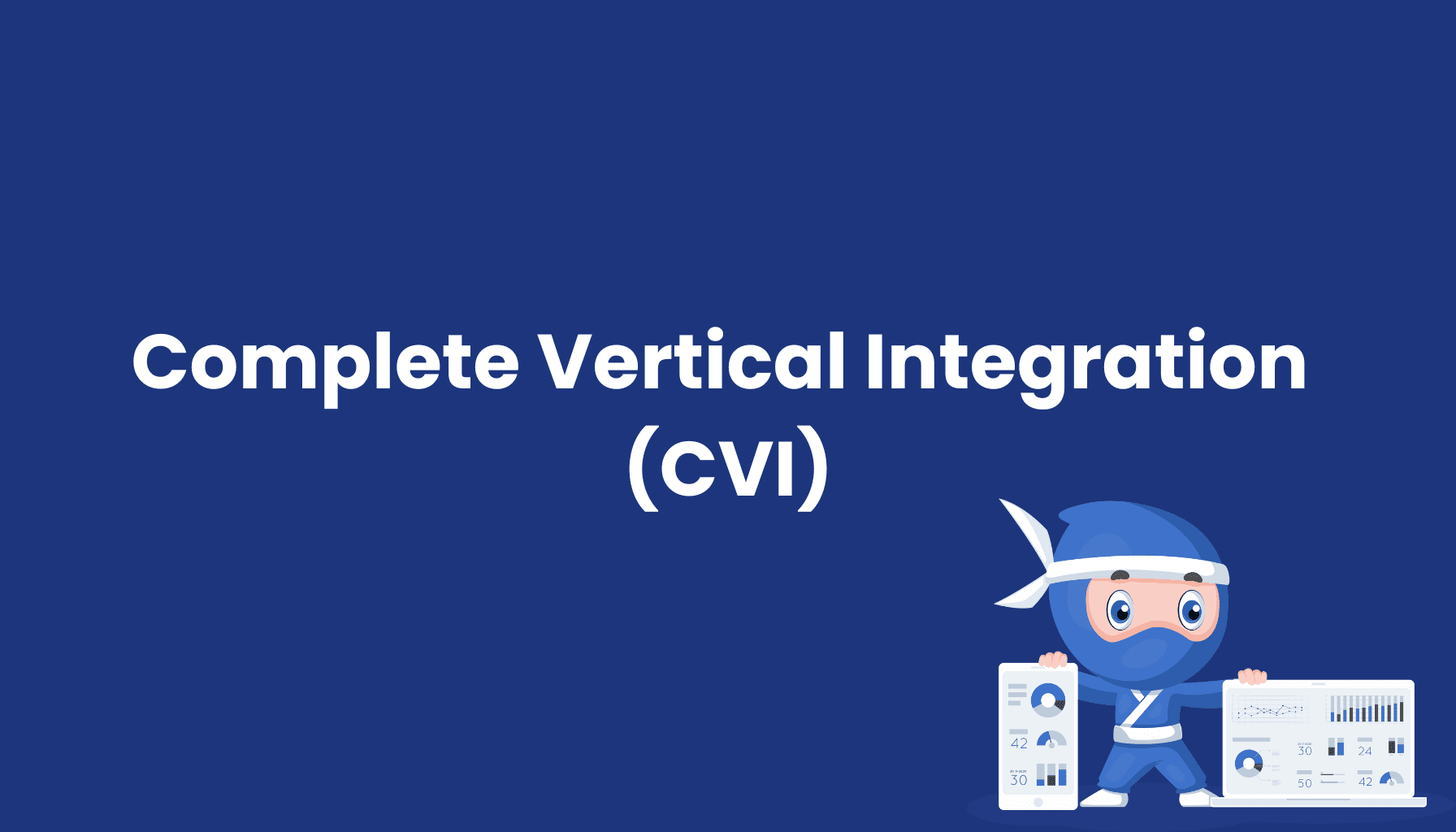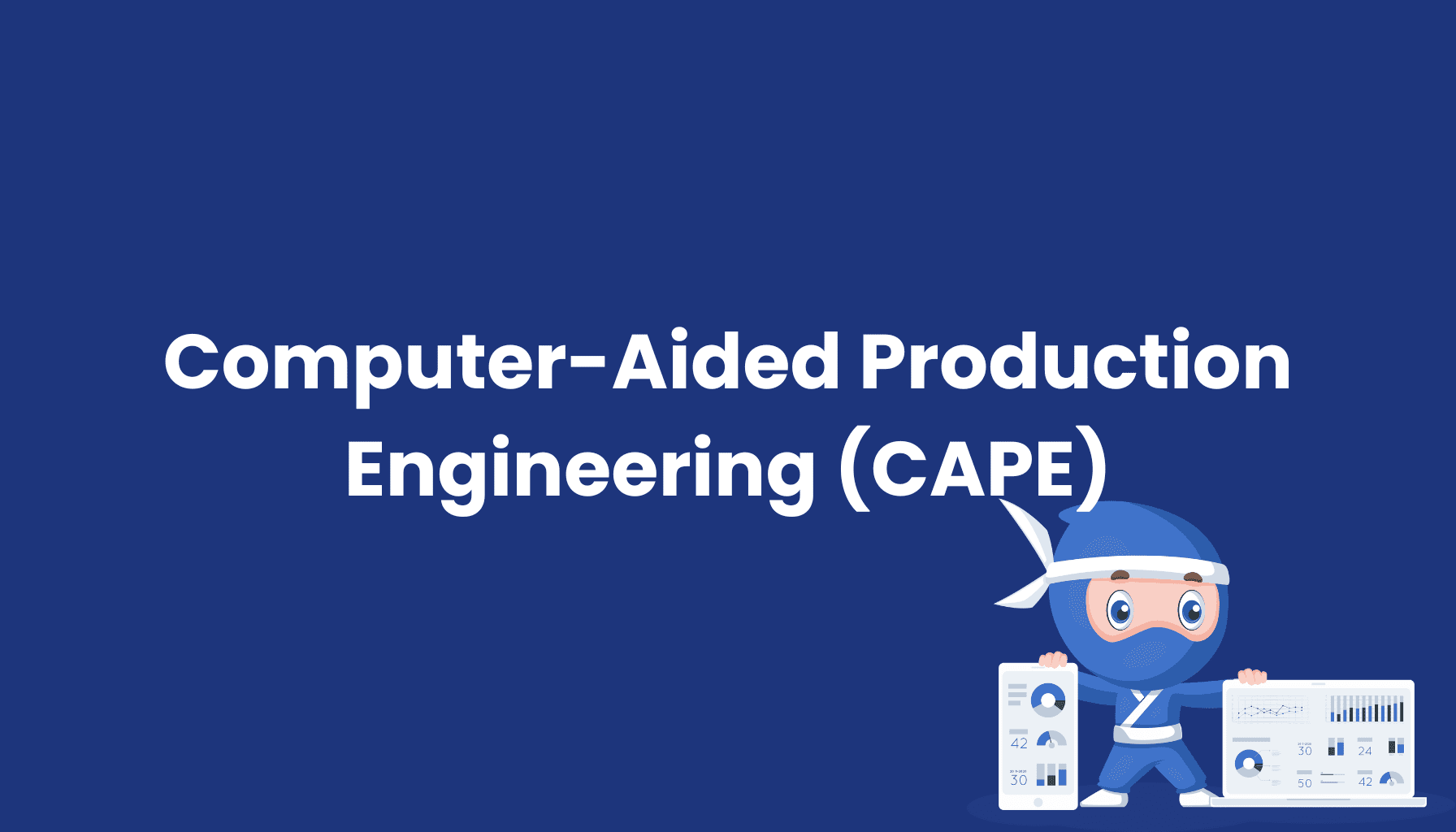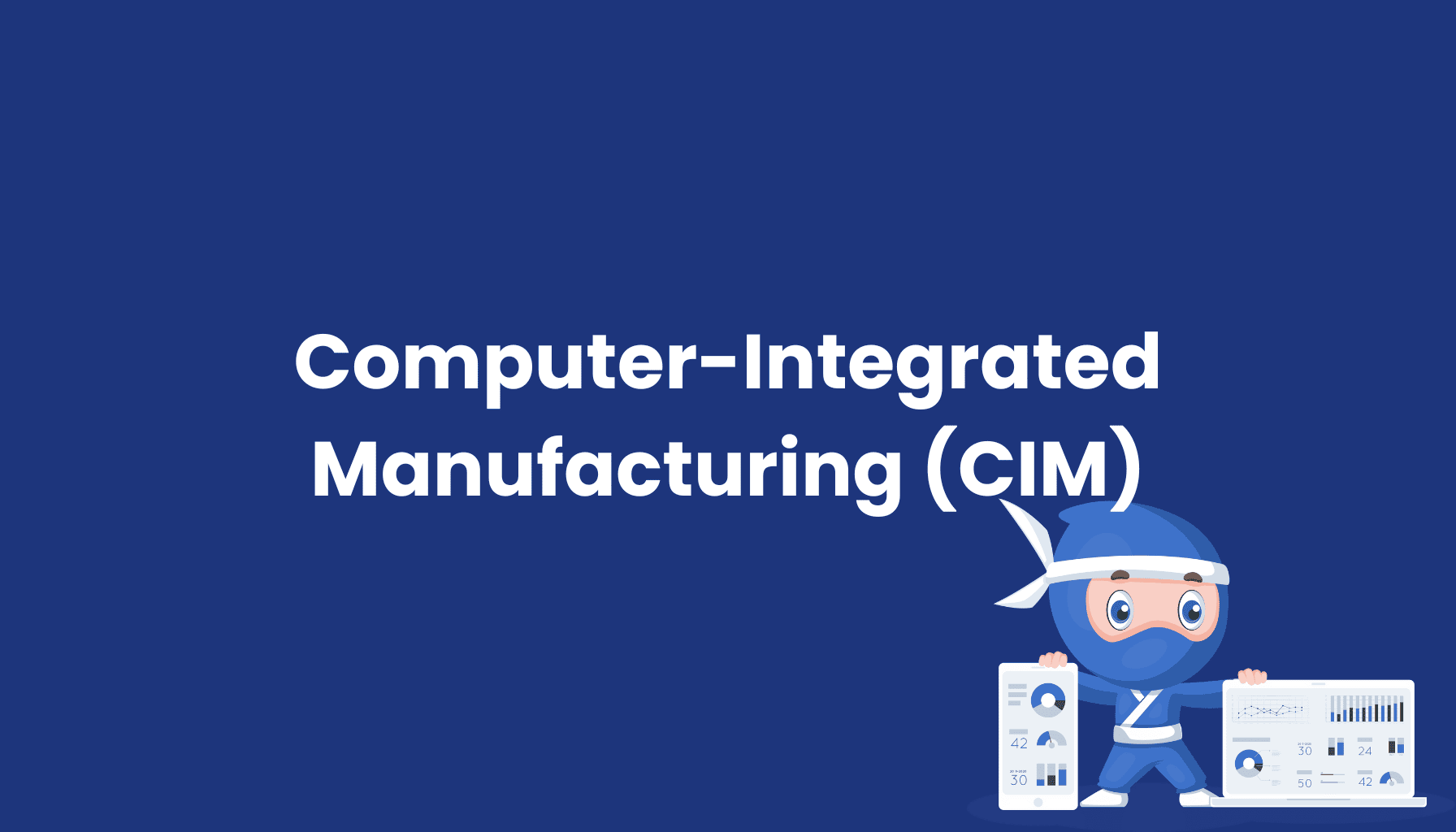Complete Vertical Integration (CVI)

What Is Complete Vertical Integration (CVI)?
Complete Vertical Integration (CVI) refers to a business strategy where a company controls and integrates all stages of the value chain within an industry. This strategy typically includes the vertical integration of suppliers, manufacturing, distribution, and marketing. The goal of CVI is to gain control over all aspects of production and distribution processes to increase efficiency, reduce costs, and improve quality.
Components of Complete Vertical Integration
CVI involves several key components that a company must integrate into its business strategy:
-
Supplier Integration: A critical aspect of CVI is controlling the supply chain. Companies may secure raw materials by acquiring suppliers or establishing their own sources of supply to ensure the availability of necessary materials.
-
Manufacturing Integration: By building or acquiring production facilities, a company can directly oversee the manufacturing of its products, leading to better control over production quality.
-
Distribution Integration: Companies practicing CVI often take over the distribution of their products, either by building their own networks or acquiring existing distribution channels. This allows for a direct connection with customers and better control over the sales process.
-
Marketing Integration: Developing their own marketing strategies enables companies to ensure that their products are optimally positioned and promoted, strengthening brand identity and increasing market penetration.
Benefits of Complete Vertical Integration
The strategy of Complete Vertical Integration offers several benefits that enhance a company's competitive edge:
-
Increased Control and Flexibility: Companies that implement CVI have full control over all production and distribution steps, enabling a faster response to market changes and customer demands.
-
Cost Savings: By eliminating intermediaries and directly controlling the value chain, companies can reduce production and distribution costs.
-
Improved Quality Assurance: With all production processes handled internally, a company can ensure and closely monitor higher quality standards.
-
Enhanced Value Creation: CVI allows a company to retain a larger portion of the value creation within the business, leading to higher margins and better profit control.
Challenges and Risks of Complete Vertical Integration
Despite its many benefits, CVI comes with risks and challenges:
-
High Investment Costs: Integrating all stages of the value chain requires significant financial investment in infrastructure, technology, and personnel.
-
Complexity Management: Managing a fully integrated company can be complex and resource-intensive, especially when expanding into different, potentially unfamiliar business areas.
-
Diversification Risks: Expanding into areas outside a company's core business can risk overextending its competencies and resources, potentially leading to inefficiencies and losses.
Conclusion: Complete Vertical Integration as a Strategic Advantage
Complete Vertical Integration can be a powerful strategy for companies to increase their competitiveness, maximize efficiency, and control the quality of their products. However, this strategy requires significant investments and careful management of the various business areas. Companies that successfully implement CVI can benefit from a stronger market position and higher margins in the long term.





